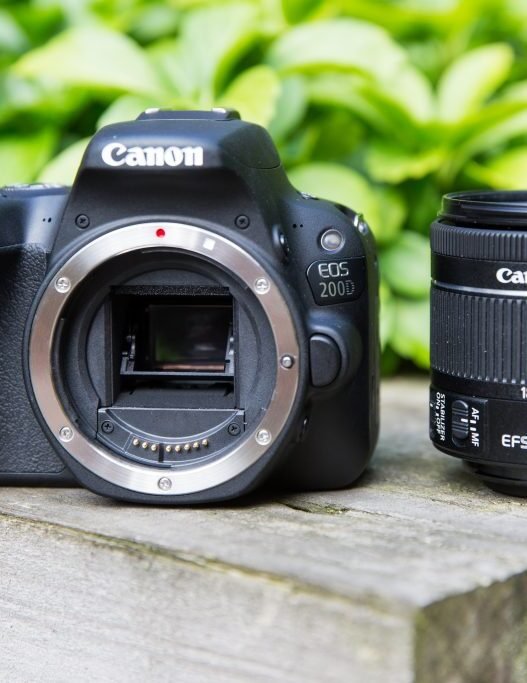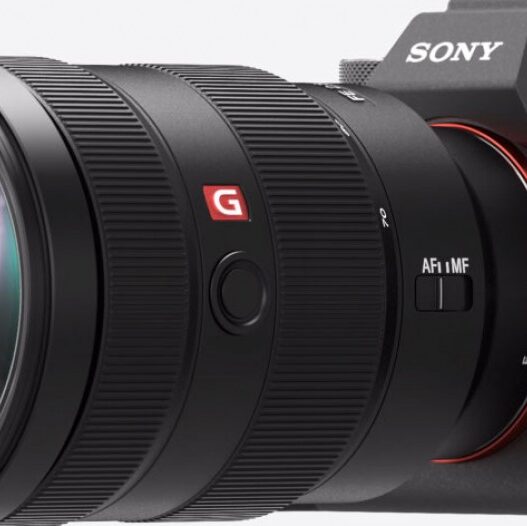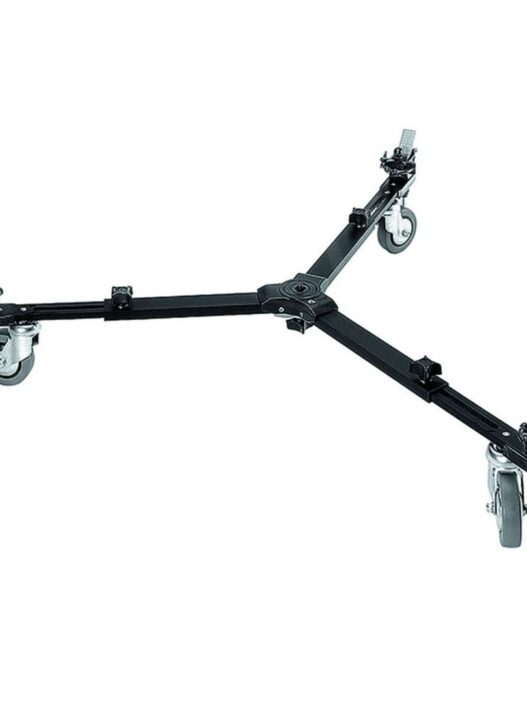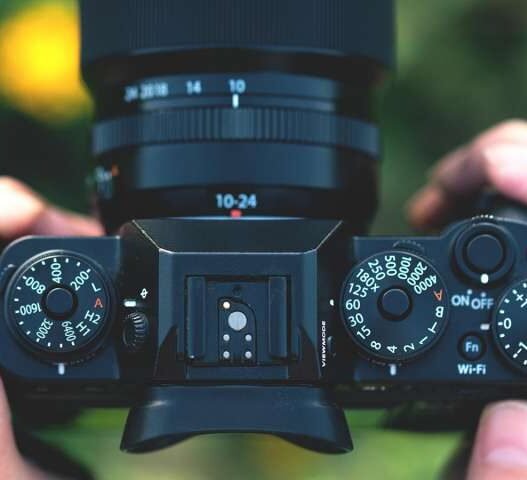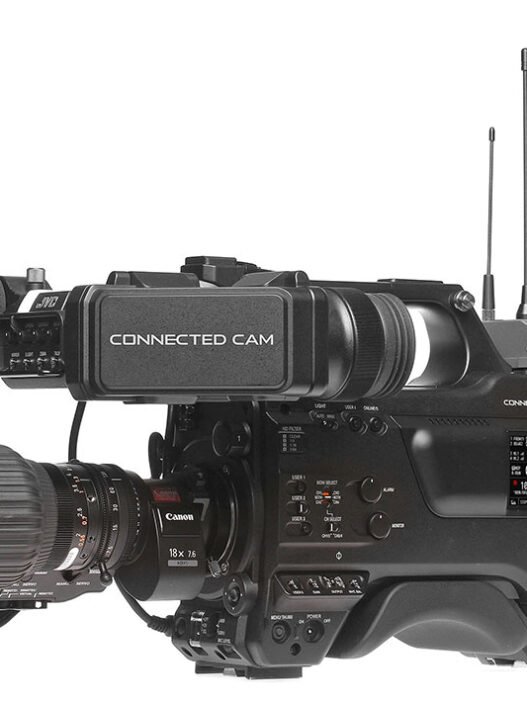In 2012, Canon released its flagship 1D X DSLR. It had the most advanced sensor available at the time and was lauded as one of the best cameras on the market. Three years later, in 2015, Canon released their replacement for the 1D X with their new flagship camera, the EOS-1D X Mark III. It’s been called The Best Camera Ever Made by several well-known photographers such as Trey Ratcliff and Max Yuryev among others. Here’s what makes it so great.
Canon EOS-1D X MARK III Introduction
The Canon EOS-1D X MARK III (Body Only) is an APS-H DSLR. It replaces its predecessor, The 1DX and it offers Dual DIGIC 6+ Image Processors and a 20.2 Megapixel CMOS sensor capable of shooting up to 14 frames per second in its continuous shooting mode. It features a new 45 Point High-Density Reticular AF system with 41 cross-type points that cover almost 100% of the image area; also it has advanced AF algorithms for precise tracking and improved scene recognition. The ISO range extends from 50 to 204,800, which makes it ideal for low light photography or when you require fast shutter speeds to freeze action such as in sports photography or photojournalism work.
Specifications (Canon EOS-1D X MARK III)
| Price | ||
|---|---|---|
| MSRP | $6499 | |
| Body type | ||
| Body type | Large SLR | |
| Sensor | ||
| Max resolution | 5472 x 3648 | |
| Other resolutions | 4368 x 2912, 3648 x 2432, 2736 x 1824 | |
| Image ratio w:h | 3:2 | |
| Effective pixels | 20 megapixels | |
| Sensor photodetectors | 21 megapixels | |
| Sensor size | Full frame (36 x 24 mm) | |
| Sensor type | CMOS | |
| Processor | Digic X | |
| Image | ||
| ISO | Auto, 100-102400 (expands to 50-819200) | |
| Boosted ISO (minimum) | 50 | |
| Boosted ISO (maximum) | 819200 | |
| White balance presets | 7 | |
| Custom white balance | Yes (5 slots) | |
| Image stabilization | No | |
| Uncompressed format | RAW | |
| Optics & Focus | ||
| Autofocus |
|
|
| Manual focus | Yes | |
| Number of focus points | 191 | |
| Number of cross-type focus points | 155 | |
| Lens mount | Canon EF | |
| Focal length multiplier | 1× | |
| Screen / viewfinder | ||
| Articulated LCD | Fixed | |
| Screen size | 3.2″ | |
| Screen dots | 2,100,000 | |
| Touch screen | Yes | |
| Screen type | TFT LCD | |
| Live view | Yes | |
| Viewfinder type | Optical (pentaprism) | |
| Viewfinder coverage | 100% | |
| Viewfinder magnification | 0.76× | |
| Photography features | ||
| Minimum shutter speed | 30 sec | |
| Maximum shutter speed | 1/8000 sec | |
| Aperture priority | Yes | |
| Shutter priority | Yes | |
| Manual exposure mode | Yes | |
| Subject/scene modes | No | |
| Built-in flash | No | |
| External flash | Yes | |
| Continuous drive | 20.0 fps | |
| Self-timer | Yes | |
| Metering modes |
|
|
| Exposure compensation | ±5 (at 1/3 EV, 1/2 EV steps) | |
| WB Bracketing | Yes | |
| Videography features | ||
| Format | MPEG-4, H.264, H.265 | |
| Microphone | Mono | |
| Speaker | Mono | |
| Storage | ||
| Storage types | Dual CFexpress type B | |
| Connectivity | ||
| USB | USB 3.2 Gen 2 (10 GBit/sec) | |
| HDMI | Yes (HDMI mini) | |
| Microphone port | Yes | |
| Headphone port | Yes | |
| Wireless | Built-In | |
| Remote control | Yes (Wired, wireless, smartphone) | |
| Physical | ||
| Environmentally sealed | Yes | |
| Battery | Built-in | |
| Battery description | LP-E19 lithium-ion battery & dual charger | |
| Battery Life (CIPA) | 2850 | |
| Weight (inc. batteries) | 1440 g (3.17 lb / 50.79 oz) | |
| Dimensions | 158 x 168 x 83 mm (6.22 x 6.61 x 3.27″) | |
| Other features | ||
| Orientation sensor | Yes | |
| Timelapse recording | Yes | |
| GPS | Built-in | |
Body Design & Controls (Canon EOS-1D X MARK III)
The most noticeable changes to the design are made with respect to the placement and size of controls. Perhaps in an effort to make a big camera feel small, Canon managed to reduce almost all buttons and dials on the body itself. Even though every single button is used, there are times when it can be a bit confusing as to what button does what since they’re not always right where you would expect them (such as how you adjust ISO or turn off AF; once you get used to it they’re easy enough). The switch-wheel around the top left still navigates quickly through all sorts of modes but perhaps because I’m so used to recent releases from Nikon being sealed, I’ve never figured out how you release that section for more customization.
Image Quality (Canon EOS-1D X MARK III)
If you are a true, die-hard Canon fan, your only concern is image quality. After all, that is why you bought into their system in the first place. With that said, you will be absolutely blown away by what Canon has done with low light capture on the EOS-1D X MARK III. Shot at ISO 160,000! The new sensor developed for wildlife and sports photographers does exactly what it is supposed to do: produce maximum sharpness and detail in extremely low light situations. This camera can capture images at night without flash and those who need fast frame rates with high ISO will surely be very impressed by how well it handles.
Performance Tests (Canon EOS-1D X MARK III)
Canon’s latest pro camera and professional tool for those who love shooting videos are reviewed here in detail. For those who need to know how does it perform, whether it’s a good upgrade from its predecessor, and why, there’s no better way than watching our full video review. Watch every detail we point out, as well as a quick hands-on presentation and what’s new in comparison to other cameras. Even if you don’t own an EOS-1D X MARK II, you might want to check what are its major improvements and changes. If so – keep reading! This is a long read but we think that’s important when reviewing such an advanced device.
Video (Canon EOS-1D X MARK III)
This is a non-standard feature for a camera that delivers amazing 1080p video quality. The image stabilization on a camera like this has to be top-notch, and it is. It’s super smooth while still being able to keep those images crisp and clear. The downside is that you get some pretty big files at 60 fps with a 60 MB per second-bit rate…you get some larger file sizes when shooting in 4K as well. It’s fine though because I can just downscale them to HD resolution if needed.
https://www.youtube.com/watch?v=GPLgfnRk6WQ





